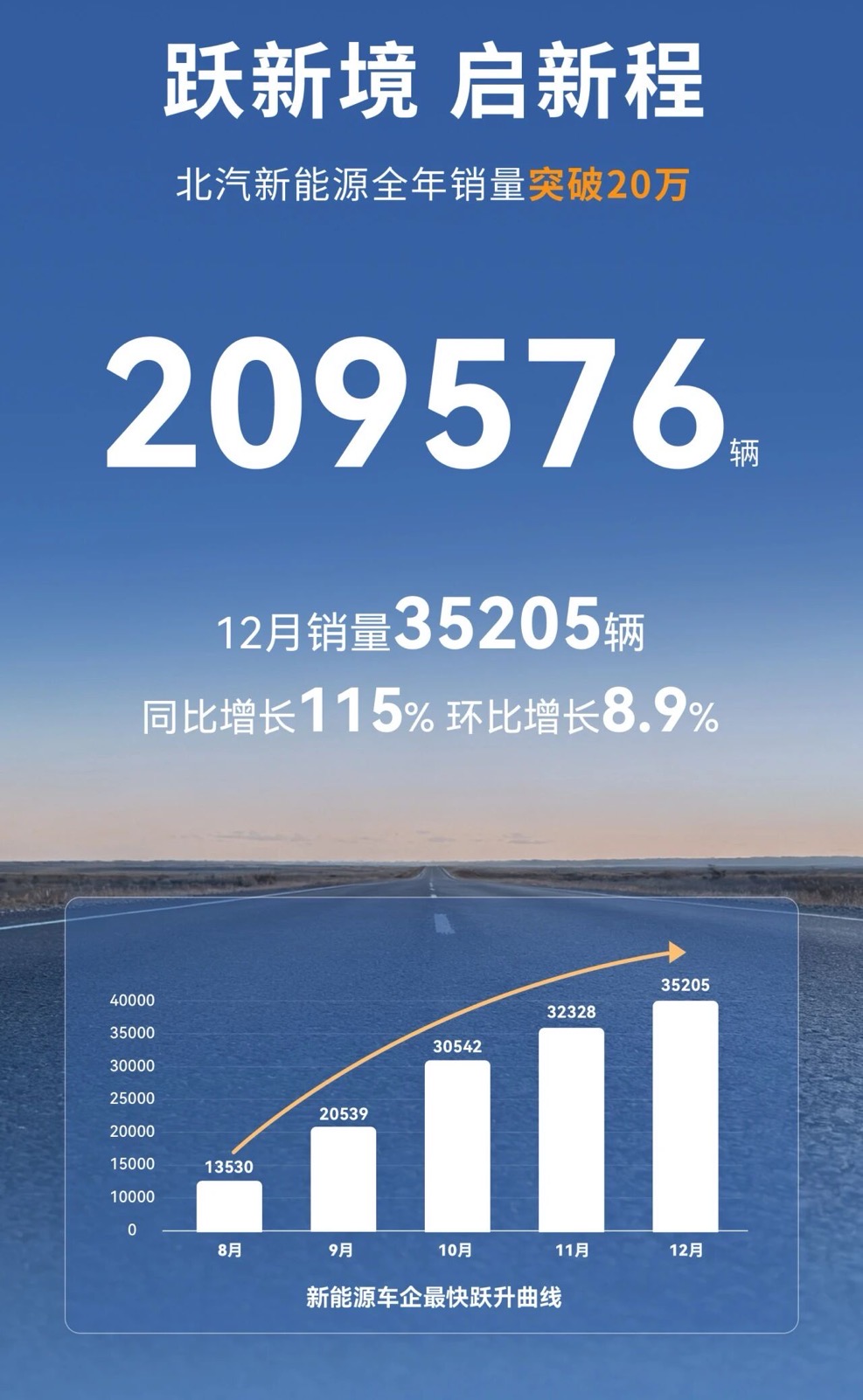While Audi gets all the ink for its Quattro all-wheel-drive system, fellow German producers BMW and Mercedes have also been offering a range of products boasting similar systems for more than two decades.
Like other significant safety and technical features that have come from these high-end manufacturers to mainstream vehicles, these AWD systems continue to evolve.
BMW has used its cold-weather test facility in Sweden to conduct testing and development away from prying eyes and lenses. Just outside the tiny town of Arjeplog, hard by the Arctic Circle, in the most remote and unpopulated part of northern Sweden, you'll find 25 hectares of secure land for test tracks and buildings with access to dozens of kilometres of metre-thick ice on nearby lakes.
In the peak of the winter test season, up to 200 men and women from BMW and supplier companies can be found in the meeting rooms, laboratories, massive garages and various facilities, working on the development and certification of everything from starter motors and wiper systems to new engines and other secret projects.
We were here to experience some significant new hardware developed for use with BMW's xDrive AWD system. The regular production 5-Series sedans we were using had the full range of electronic stability and traction control devices, and they appeared normal, until you opened the trunk, which was dominated by a big box with lots of cables.
Inside the car was a small switchbox secured to the centre console. Between the two lies a rather remarkable development that BMW is calling Dynamic Performance Control (DPC).
BMW's reputation is based on exceptional engines and driving dynamics, so the fertile engineering minds in Munich have been hard at work on a device that will enhance the AWD experience, in addition to the all-season security of having four driven wheels.
DPC utilizes an elaborate electro-mechanical system incorporated in the rear differential to distribute the driving forces to the rear wheels, regardless of engine output. The system can increase the power sent to one of the rear wheels to assist in cornering. Some competitive systems provide similar benefits, but the BMW system operates with and without power from the engine.@@Page@@
At each side of the rear differential, within a common case, lie a pair of gear sets and electronically controlled multi-plate clutches that are able to infinitely vary the distribution of power to each wheel.
In straight-ahead operation, the system remains neutral. At the onset of directional change, the electronically controlled multi-plate brake within the unit — not the primary brake at the wheel — is activated.
A planetary gear set is integrated into the flow of power through the activation of the multi-plate clutches, varying the distribution of power to the rear wheels, reducing power to the inside wheel while increasing it to the outer one, pushing the vehicle around the corner or helping it turn in upon entry.
The goal is to enhance driving dynamics by improving steering behaviour, traction and grip. The system all but eliminates the under-steer inherent in AWD vehicles.
It differs from the competition in providing a varying degree of drive forces under full and part throttle operation as well as when braking and during overrun when approaching a corner.
So while the others may work when exiting a corner, DPC also comes into play when approaching a turn. The result is tangible benefits for the average driver in everyday situations.
Demonstration exercises on a variety of courses proved the benefits of DPC. On an uphill slope, where the wheels on one side of the car were on a slippery surface and those on the other had more grip, the vehicle with DPC accelerated strongly and evenly. Without DPC it tugged to one side and struggled while the AWD sought traction.
A simulated drag race between two vehicles that each had two tires on ice and two on dry pavement saw the DPC-equipped car pull away instantly and dramatically from the other.
On a traction circle, a road course, and both high- and slow-speed slaloms, the DPC-equipped vehicle turned more readily and required significantly less steering input, allowing power to be applied much more quickly on exit.
BMW officials in Sweden were tight-lipped about when DPC would appear on a production vehicle, but admitted the system was ready. I'd bet on either the upcoming X6 SUV or an AWD version of the next 7-Series, judging by the presence of a number of large sedans cloaked in strange plastic cladding around the test facility.









